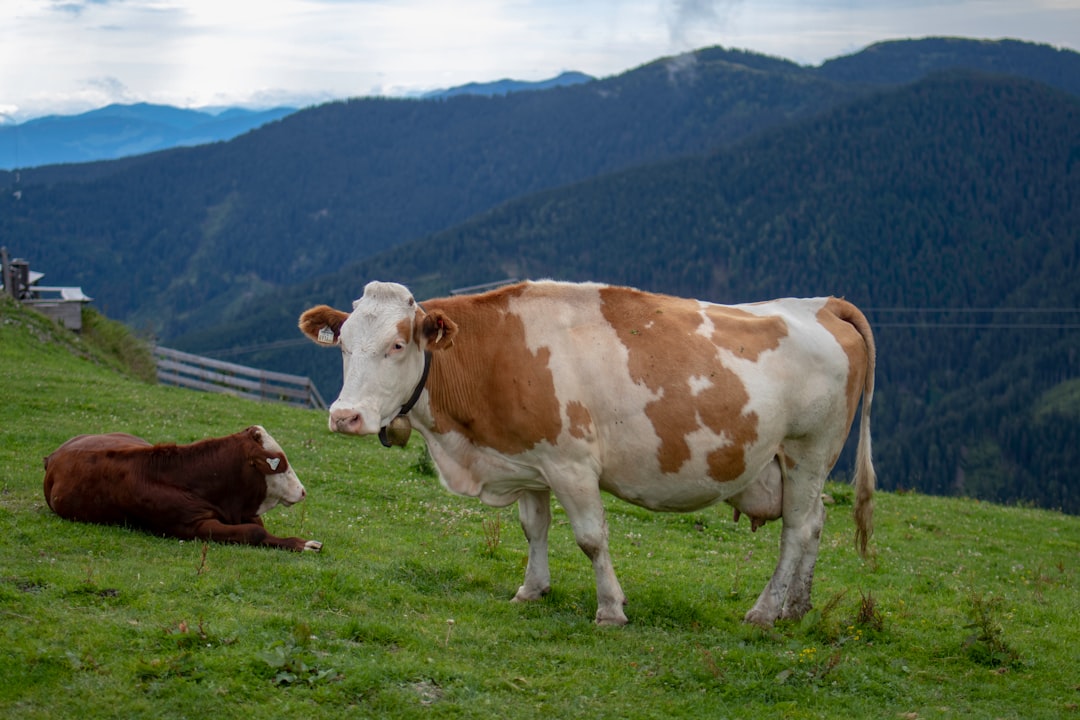Animal welfare is a critical aspect of dairy farming, impacting not only the well-being of cows but also the sustainability and public perception of the dairy industry. Global initiatives and best practices are emerging to enhance cow comfort, improve calf management, and address end-of-life considerations. Here’s a comprehensive overview of these efforts and strategies.
Cow Comfort: Enhancing Welfare and Productivity
Cow comfort is essential for maintaining animal welfare and optimizing milk production. Several strategies are being implemented to improve cow comfort:
-
Housing and Bedding
-
Comfortable Bedding: Providing soft, clean bedding like sand or mattresses reduces stress and lameness, allowing cows to rest effectively.
-
Ventilation Systems: Good airflow is crucial for preventing heat stress and maintaining a healthy environment.
-
-
Grooming and Social Interaction
-
Cow Brushes: Installing rotating or stationary brushes promotes self-grooming, enhancing cow cleanliness and reducing stress.
-
Social Groups: Allowing cows to form stable social groups can improve their mental health and reduce aggression.
-
-
Technology Integration
-
Milking Robots: Automated milking systems reduce stress during milking and provide real-time health monitoring.
-
Smart Ventilation: Advanced ventilation systems maintain optimal barn climates, reducing respiratory issues.
-
Calf Management: Prioritizing Early Life Welfare
Calf welfare is a critical component of dairy farming, influencing the long-term health and productivity of dairy herds:
-
Colostrum Management
-
Ensure calves receive adequate colostrum within the first 24 hours to provide essential antibodies and nutrients.
-
Monitor and manage colostrum quality to prevent disease transmission.
-
-
Feeding and Nutrition
-
Provide calves with sufficient milk or milk replacers, ensuring easy access to water and proper nutrition.
-
Implement feeding strategies that promote healthy growth rates and reduce stress.
-
-
Environmental Conditions
-
Protect calves from extreme weather conditions and ensure they have clean, dry bedding.
-
Handle calves gently to prevent stress and injury.
-
End-of-Life Considerations: Ethical and Humane Practices
End-of-life management is an important aspect of dairy farming, requiring ethical and humane practices:
-
Fitness to Transport
-
Ensure that cows are fit to transport when being moved to slaughter or other facilities, minimizing stress and injury.
-
Implement guidelines for humane handling during transport.
-
-
Euthanasia Protocols
-
Develop and follow clear euthanasia protocols for animals that are no longer productive or are suffering, ensuring a humane end to their life.
-
Train staff in humane euthanasia techniques to reduce animal distress.
-
Global Initiatives and Collaborations
Several global initiatives are driving improvements in dairy animal welfare:
-
TransformDairyNet
-
This European project promotes Cow-Calf Contact (CCC) systems, enhancing animal welfare by allowing calves to stay with their mothers longer.
-
It fosters sustainable practices and knowledge sharing across the dairy sector.
-
-
FARM Program
-
The U.S. FARM program focuses on responsible dairy management, including animal welfare standards and environmental stewardship.
-
Regular revisions ensure that practices remain aligned with evolving welfare expectations.
-
-
Animal Welfare Labeling
-
Initiatives like France’s proposed animal welfare labeling aim to provide consumers with clear information about dairy products’ welfare standards.
-
This transparency can drive demand for higher welfare products and encourage industry-wide improvements.
-
Conclusion
Improving animal welfare in dairy farming is essential for maintaining public trust, enhancing productivity, and ensuring the long-term sustainability of the industry. By focusing on cow comfort, calf management, and end-of-life considerations, dairy farmers can align with global initiatives and best practices, contributing to a more ethical and responsible food system.
Additional Resources
For more detailed information on animal welfare initiatives and best practices in dairy farming, consider the following resources:
-
TransformDairyNet: Explore this initiative for insights into CCC systems and sustainable dairy practices.
-
FARM Program: Review the latest revisions and guidelines from the U.S. FARM program.
-
Care4Dairy Guides: Consult these guides for comprehensive information on dairy animal welfare across different life stages.
Citations:
- https://www.four-paws.org/campaigns-topics/topics/science-and-research/transformdairynet-revolutionising-the-dairy-sector
- https://gmpc-akademie.de/articles/1730192087_gjvr-4-3-160.pdf
- https://ahdb.org.uk/knowledge-library/dairy-calf-management
- https://care4dairy.eu/best-practice-guides/end-of-career-cows/
- https://www.tridge.com/news/global-dairy-industry-trends-to-improve-anim-zhtdgb
- https://delmergroup.com/blogs/news/why-cow-comfort-should-be-a-top-priority-for-dairy-farmers
- https://www.dairyaustralia.com.au/animals/calf-rearing/managing-calf-welfare
- https://pasture.io/dairy-farm-management/retired-dairy-cows-options
- https://www.agromasters.gr/fr/how-to-improve-cow-comfort/
- https://www.teagasc.ie/animals/beef/dairy-calf-to-beef/management-of-dairy-beef-calves-/

Comments
No comments yet. Be the first to comment!
You must be logged in to comment. Login